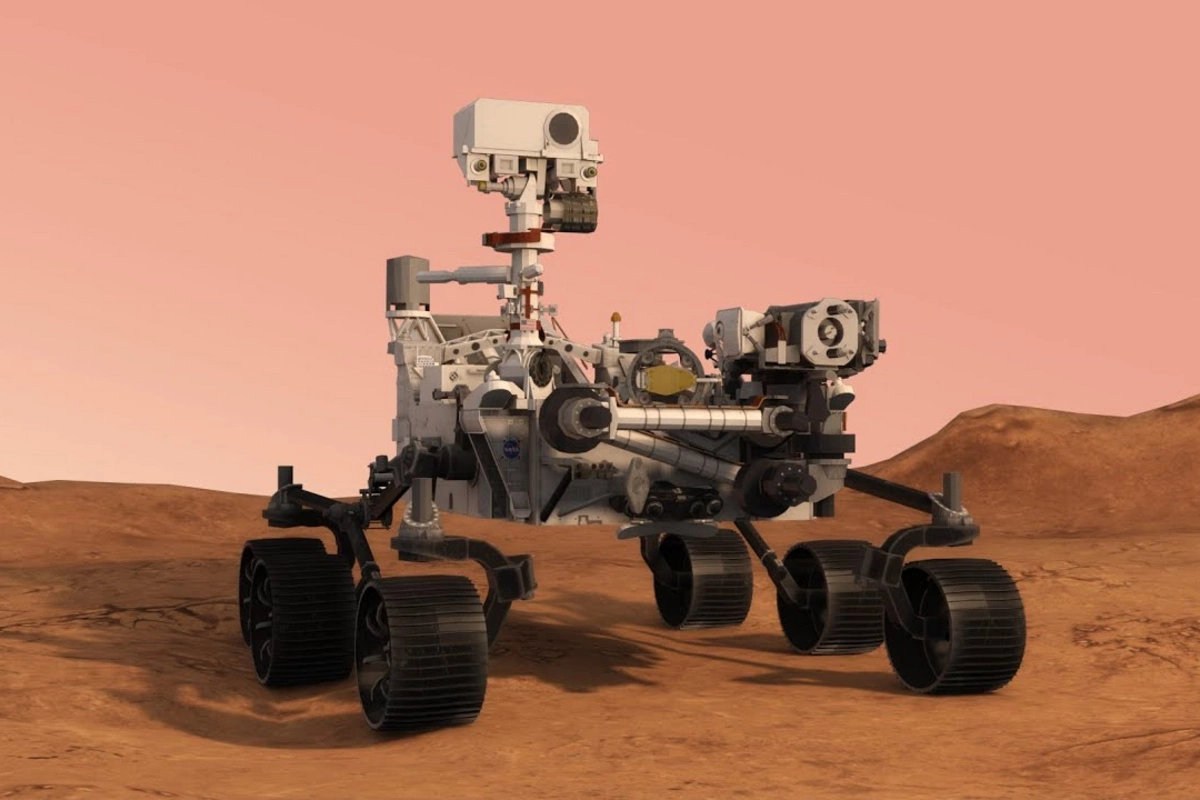On Mars, they found something that could change our understanding of life in the Universe

Could life have once existed on Mars? Recent analysis of rocks collected by NASA's Curiosity rover provides a new perspective on this question. In the Yellowknife Bay area, at the bottom of an ancient Martian lake, the rover discovered the largest organic compounds found there so far.
Curiosity has been exploring Gale Crater since 2012, covering more than 32 kilometers during this time. Previously, it detected organic molecules, but they were short-chain. Now, scientists have for the first time identified long-chain alkanes - decane, undecane, and dodecane, which on Earth participate in the formation of cell membranes - an important element of living organisms.
What does this mean?
"These molecules could have appeared both as a result of chemical reactions and during biological processes," explains the research leader, analytical chemist Caroline Freissinet.
She hypothesizes that the discovered compounds could have formed as a result of the destruction of cellular structures that existed billions of years ago.
Interestingly, the analysis was conducted using a new method: scientists used a larger portion of the Cumberland rock sample. This allowed them to identify more signs of possible biochemical activity.
A discovery that could change everything
If life on Mars really existed, such findings will help find its traces. Moreover, scientists believe that organic molecules can persist in Martian rocks for billions of years.
Currently, Curiosity is transporting a second sample for further analysis. What it will show remains a mystery. But one thing is clear: Mars still keeps its secrets, giving more and more food for thought.
Similar News
Surgeon named popular plastic surgeries that are actually just marketing
A number of popular procedures in aesthetic medicine are presented as a full-fledged alternative to surgery, although in practice their effect is limited.As rep...




 Azərbaycanca
Azərbaycanca  По-русски
По-русски  English
English 





